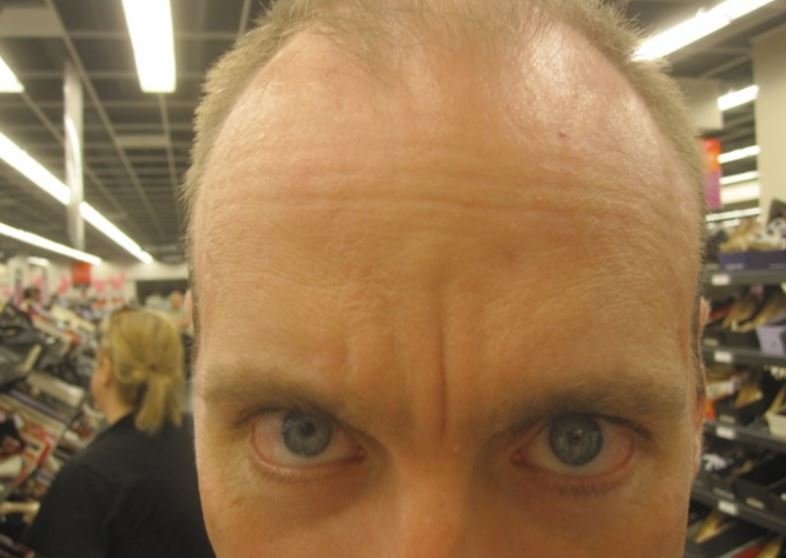
Pregnancy :: Gestational Diabetes Related To Type 1 Diabetes In Children?.
DENT IN THE MIDDLE OF MY FOREHEAD SKIN

Metopic craniosynostosis can be treated with either strip craniectomy with use of molding helmet after surgery or fronto-orbital advancement, depending on the deformity. For those patients with moderate severity, you will have to discuss the functional and appearance issues with the surgeon to determine the appropriate treatment for your child. In clear cut cases of severe disease, the concerns for elevated pressure that can occur in the skull (about 15%) and the appearance issues that will result from the deformity make the decision to operate easier to make. How and Why Do We Treat Metopic Synostosis? If you still have concerns you should be seen by a craniofacial surgeon. If the head shape is normal and the ridging of the metopic suture began between 3-18 months of age, the diagnosis is almost certainly a benign metopic ridge. The image below shows the difference in head shape between metopic craniosnostosis and a benign metopic ridge. The presence of a benign metopic ridge can sometimes be concerning to parents and pediatricians because they may have difficulty differentiating between a benign metopic ridge and the sutural ridging that accompanies metopic craniosynostosis. Discerning a benign metopic ridge from metopic craniosynostosis is critical to avoid unnecessary surgery. The bone of the benign metopic ridge will remodel and flatten over time and does not require surgery. This is a normal finding and does not require any treatment. When this ridging occurs in the normal time frame and the head shape is otherwise normal it is called a benign metopic ridge because there is no negative consequence. Unlike the ridging associated with pathologic closure of the cranial sutures, ridging of the metopic suture often occurs from the normal closure of the suture that happens in the normal time and in the presence of an otherwise normal head shape. This fusion occurs over a wide time frame, at anywhere from 3-18 months of life has been shown in several studies. The metopic suture is the only suture that fuses normally during childhood. The eye sockets have an abnormal shape and are abnormally close together also.


The back of the head is wide and often quite flat. There is a prominent vertical ridge in the center of the forehead which is abnormally narrow and pointed when looking from above. The remaining open sutures must grow to make up for the lack of growth in the forehead, leading to a triangular head shape called trigonocephaly (see the figure below). When the suture fuses prematurely the frontal bone and forehead cannot grow in response to the growth of the brain. When the metopic suture closes earlier than normal, typically well before birth, it is called metopic craniosynostosis. The metopic suture is the only suture that fuses normally during childhood at anytime from 3-18 months of age. The function of the metopic suture is to respond to growth of the brain by producing bone in the frontal bone adding width to the forehead. The metopic suture is vertically oriented in the center of the forehead (see the figure below). Metopic synostosis is the second most common form of craniosynostosis comprising approximately 20-25 percent of all cases. Metopic craniosynostosis is the premature closure of the metopic suture that causes trigonocephaly - a triangle shaped head.

Metopic Synostosis (Trigonocephaly) What is Metopic Synostosis?


 0 kommentar(er)
0 kommentar(er)
